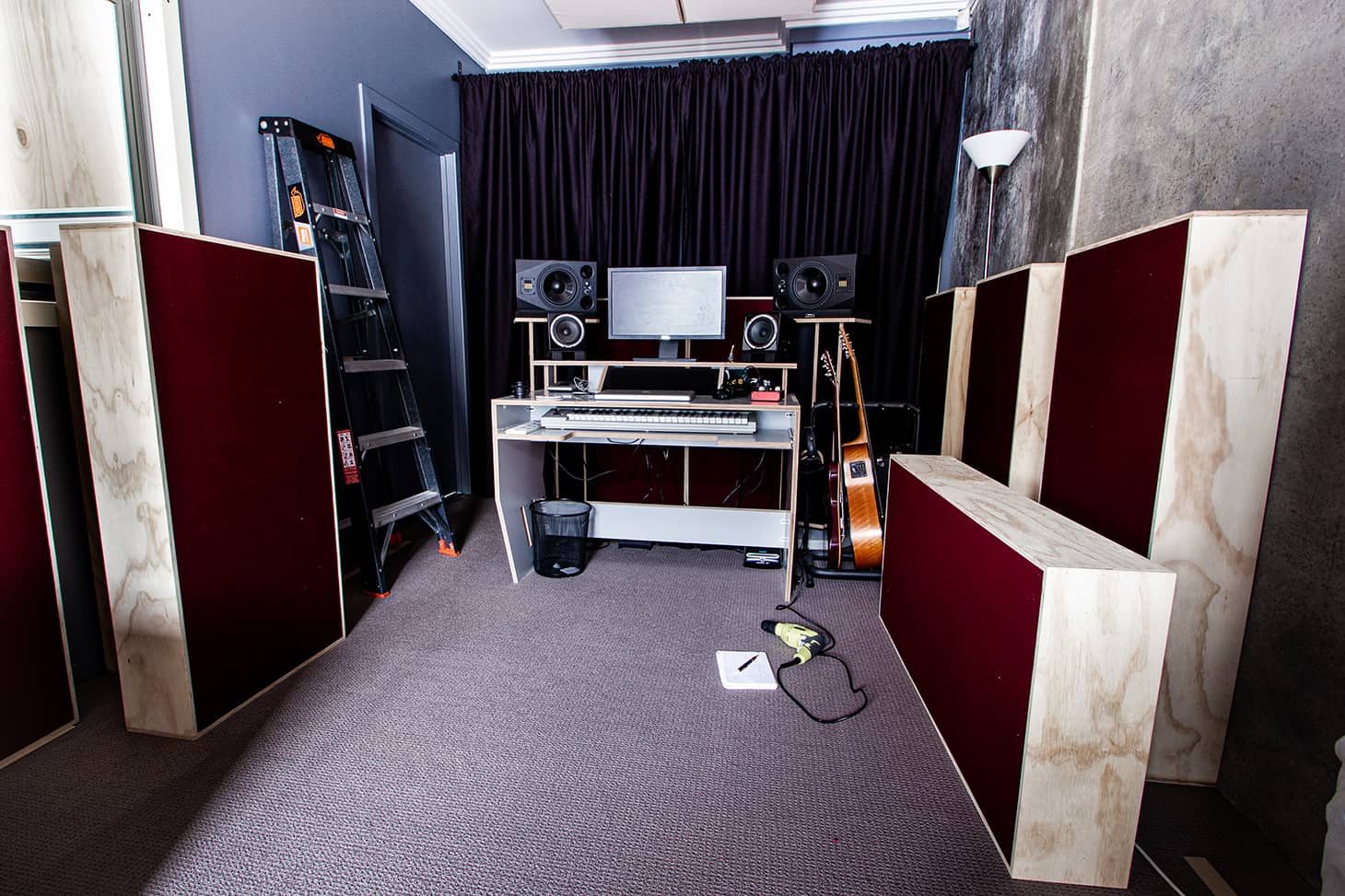Over the years, we’ve developed a simple, effective approach to help you get the most out of your room. This guide walks you through each step — from layout to panel placement — and is best used as a general reference. Every room is unique, and it’s easy to get lost in the technical details, especially when some factors are out of your control. Above all, we encourage you to trust your ears.
Note: Note: While this guide is primarily designed for audio production spaces, the principles also apply to HIFI listening rooms and home theatres.
Clean Slate
Start with an empty room. Locate the shorter wall and position your speakers so they’re centered and set at ear level when seated. It’s important to isolate them from the surface they sit on — using dense materials like concrete blocks or foam pads will help reduce vibrations and improve clarity.
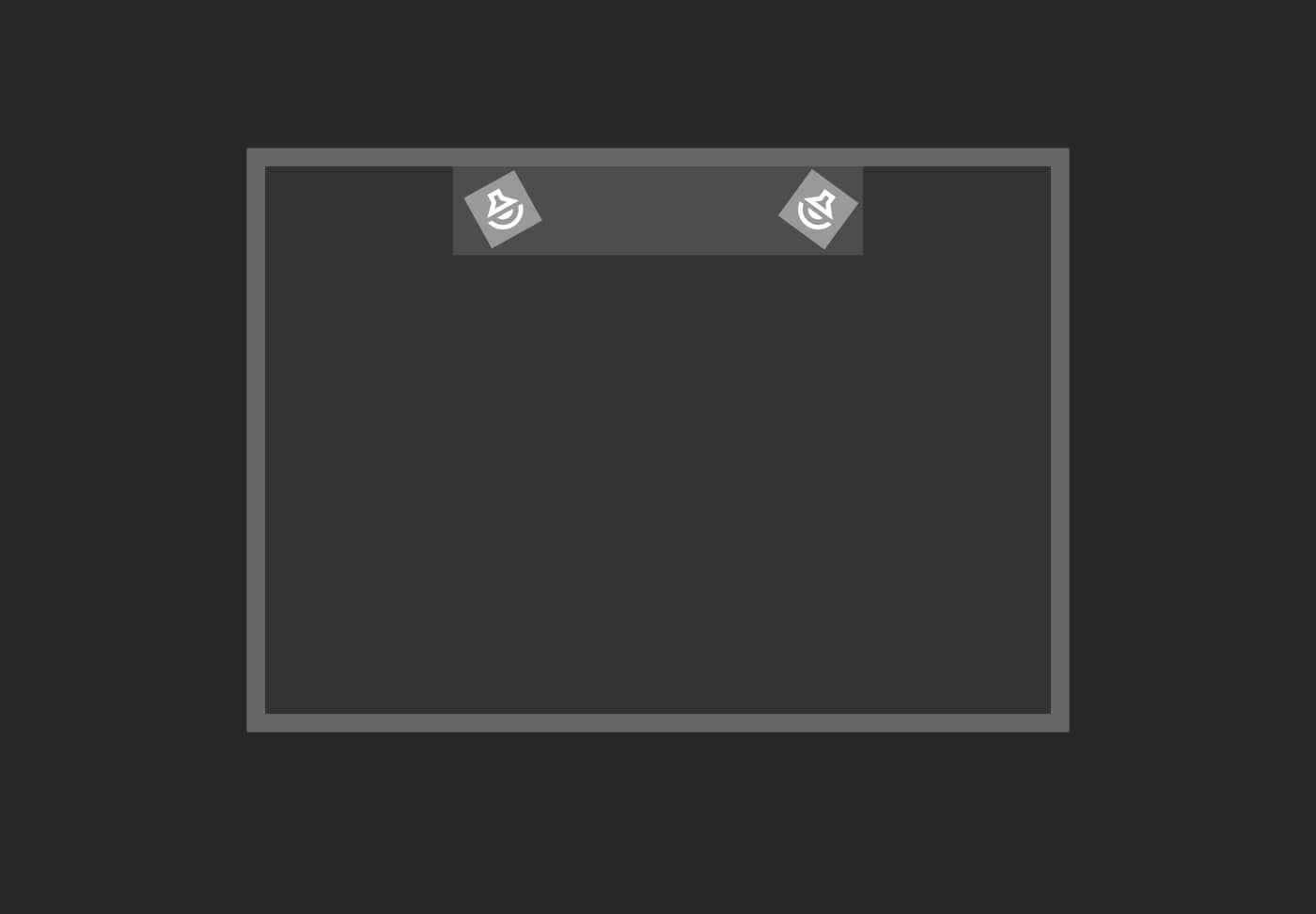
Positioning
Sit in your listening chair and position the speakers so that you form an equilateral triangle with them — equal distance between each speaker and yourself. Aim to place your listening position about 40% of the way back from the front wall. Keep the setup as symmetrical as possible, and angle the speakers so the tweeters are aimed directly at your ears for the most accurate sound.
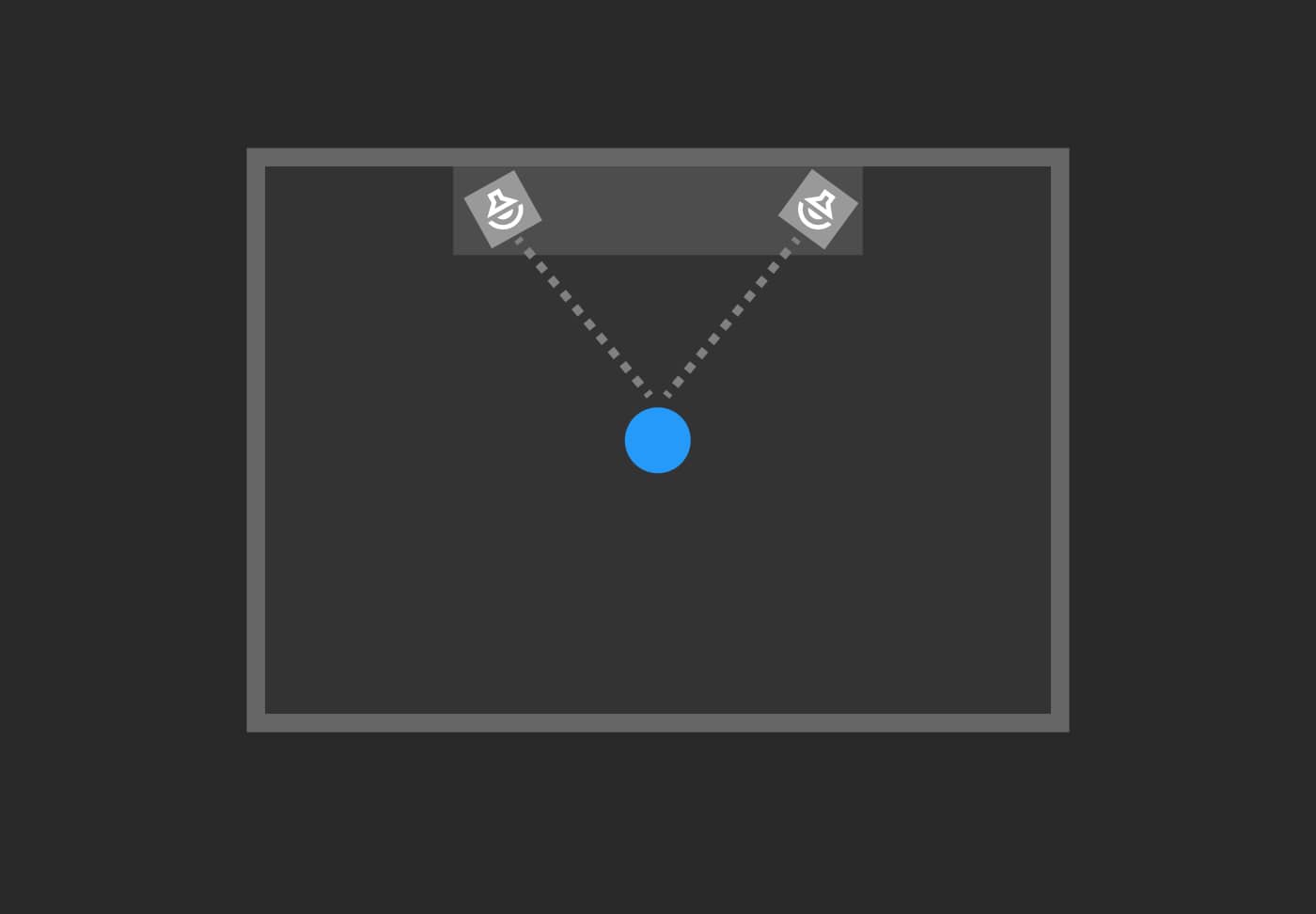
Listen
Pick three or four songs you know intimately — ideally with a mix of dynamics and styles. Listen to them closely for about 10 minutes in your current setup. Then, move everything to the opposite (long) wall and repeat the process. Compare the two setups and trust your ears to decide which one gives you a more balanced and natural sound.
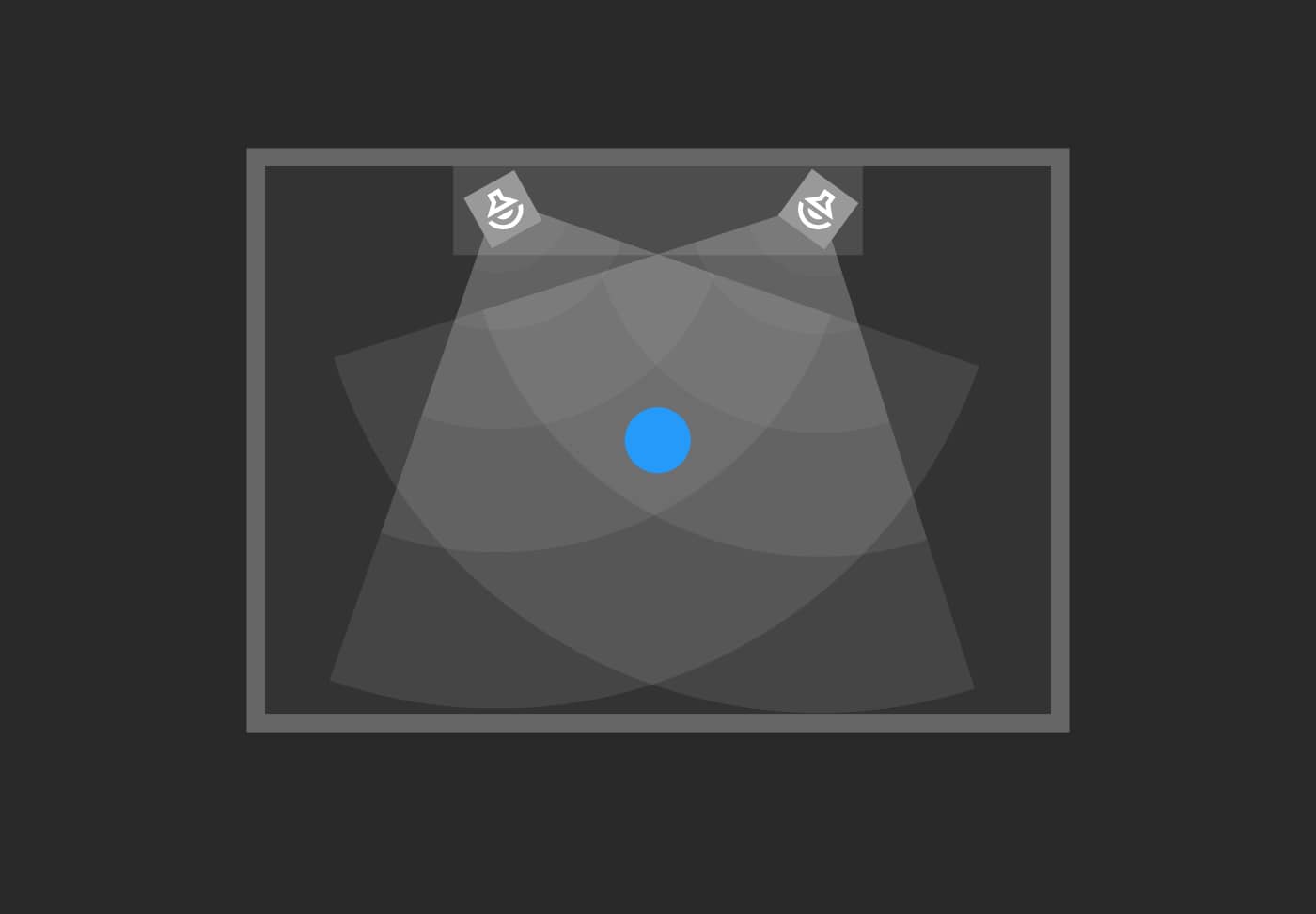
Fine Tuning
Experiment with the distance between you and the speakers while maintaining the equilateral triangle. Once you’re happy with the basic setup, bring your furniture back into the room. If you have a large desk or console in front of you, and it sits close to the speakers, try raising the speakers slightly above the surface and angling them downward toward your ears to reduce early reflections and preserve clarity.
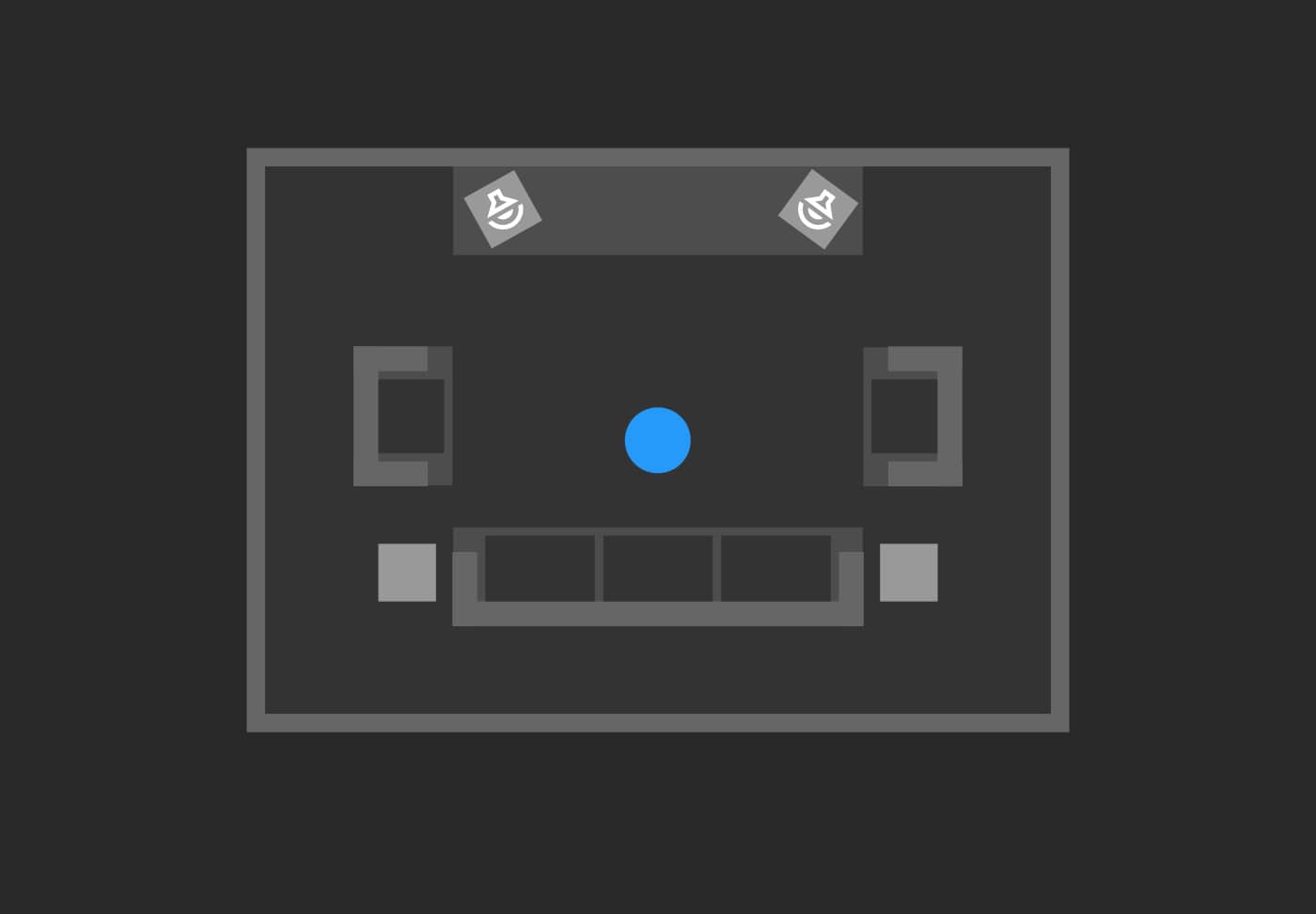
Panel Options
For acoustic treatment, aim to treat both first reflection points (side walls, ceiling, back wall) and corner bass traps. Prioritize reflections if you hear flutter or unclear stereo imaging, or corners if bass is muddy. Treating both gives the best results—always trust your ears.
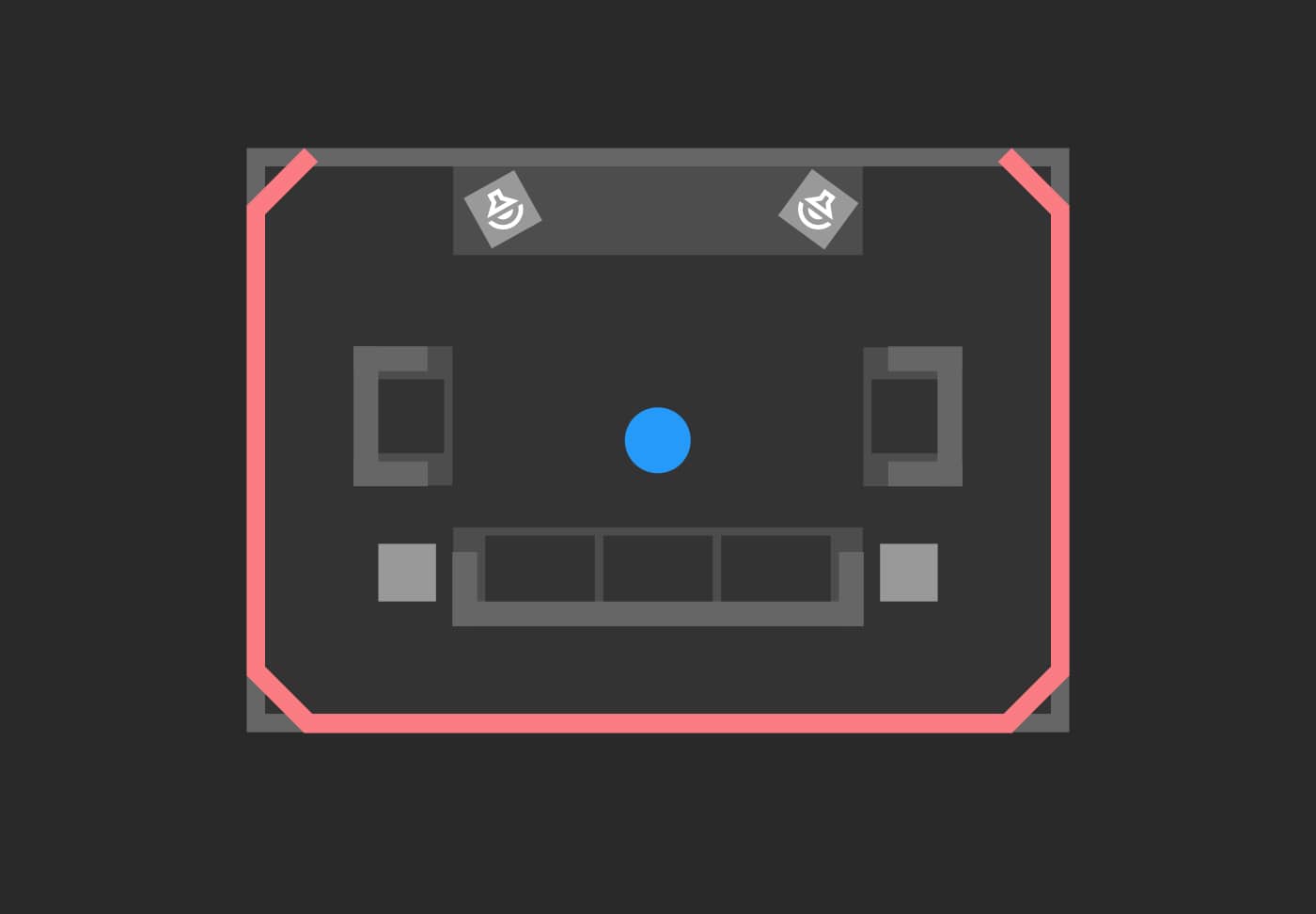
First Reflections
In larger rooms, use a mirror to find reflection points by moving it along the side walls and ceiling between you and your speakers. When you see a speaker’s tweeter in the mirror from your listening position—usually just from the opposite speaker—mark that spot and place your panels there. In smaller rooms, reflection points are generally just on the surfaces directly between you and your speakers.
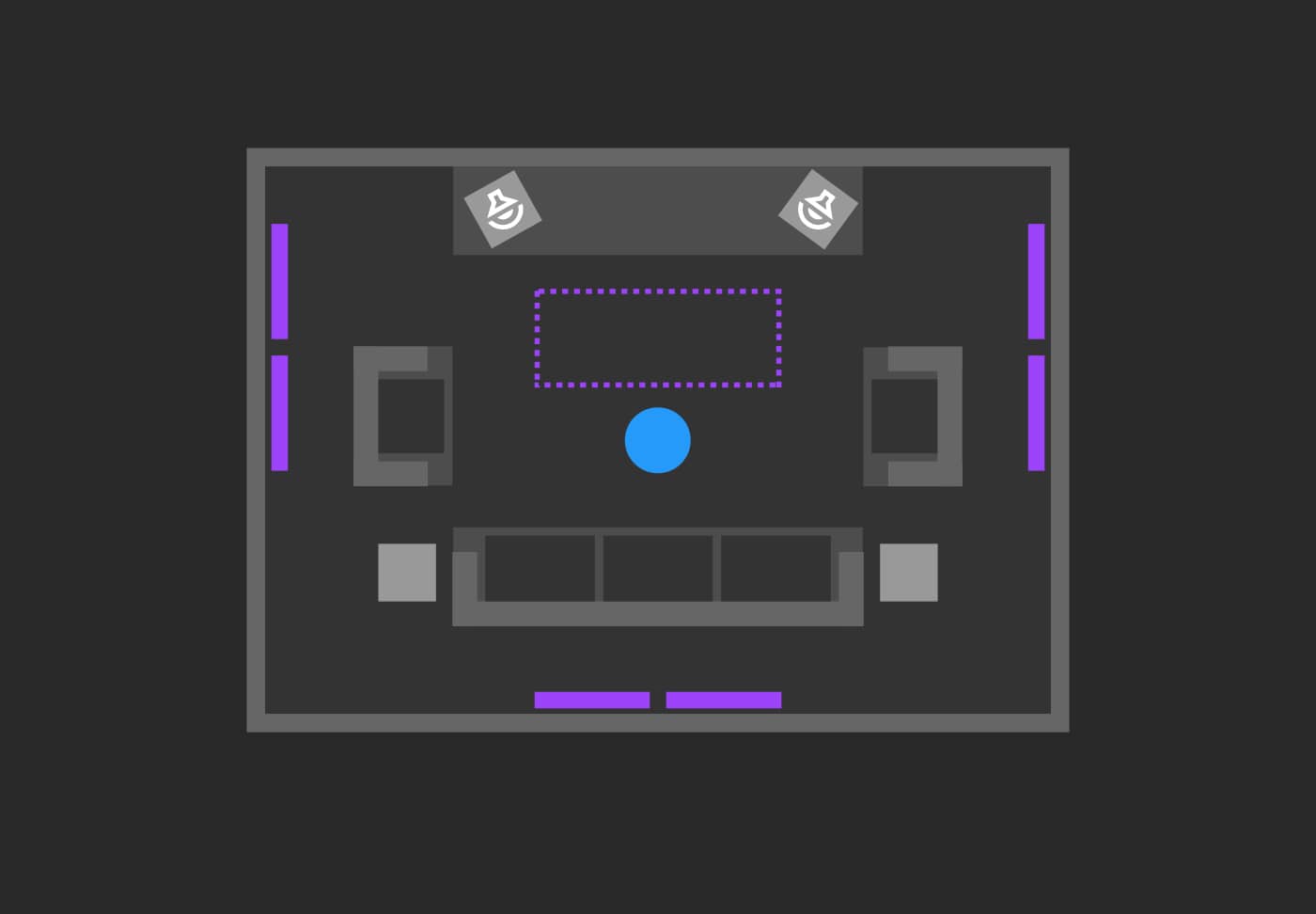
Corners
Bass treatment: Place thick panels or bass traps in the corners where two surfaces meet (wall-to-wall, wall-to-ceiling, or wall-to-floor). The more you can cover in the corners, the more bass you’ll absorb. Our Ultra panels are especially effective when placed behind the speakers and in the side wall-to-ceiling corners. Start with the vertical corners directly behind your speakers, as they catch bass reflections early and make a big difference.
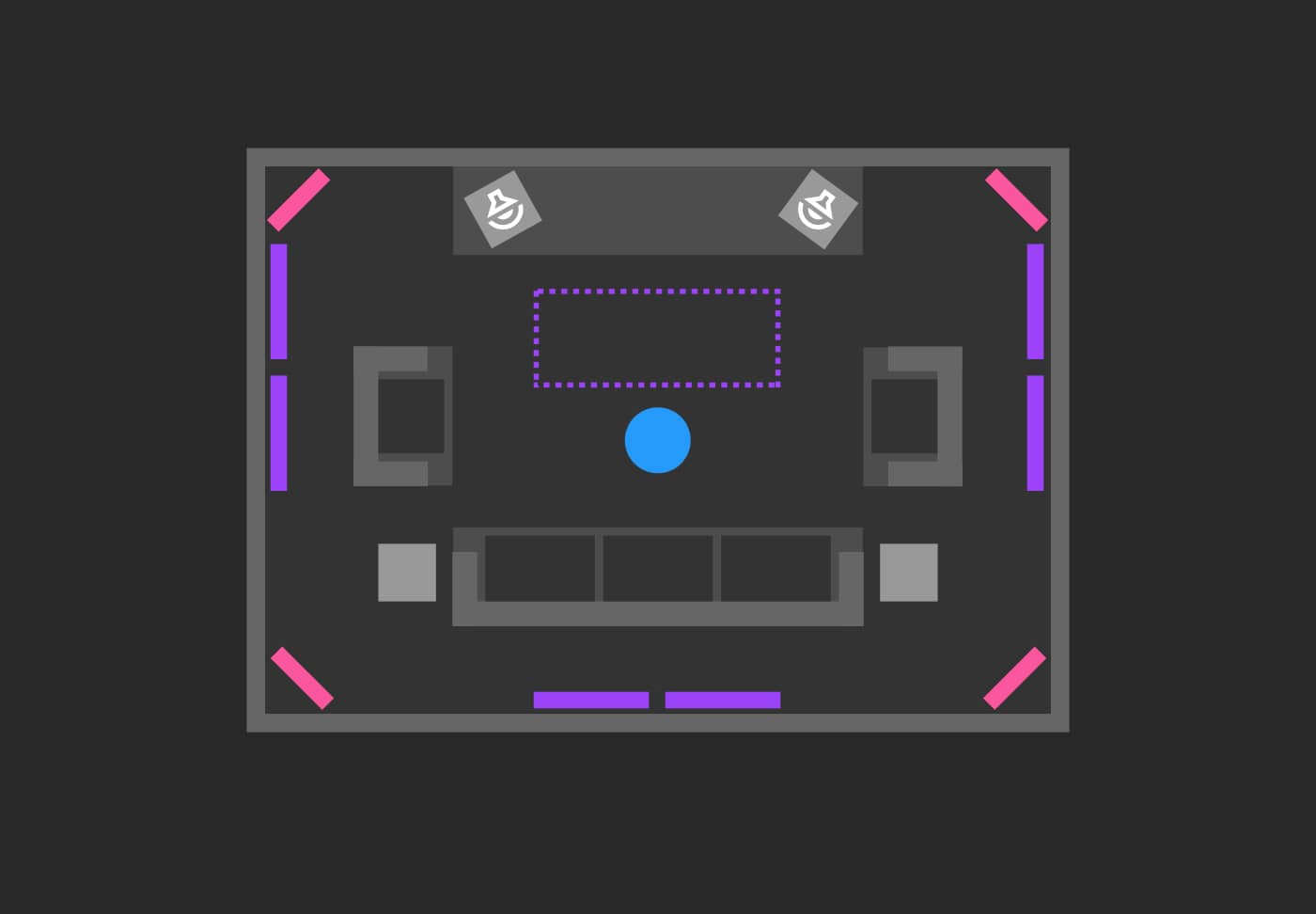
Extra Treatment
Additional panels should be placed evenly around the room at ear height from your mixing position. Panels of any thickness can work as clouds or wall treatments, but our thicker 200mm Ultra panels deliver the best performance and are recommended for optimal results compared to the 100mm Premium panels.
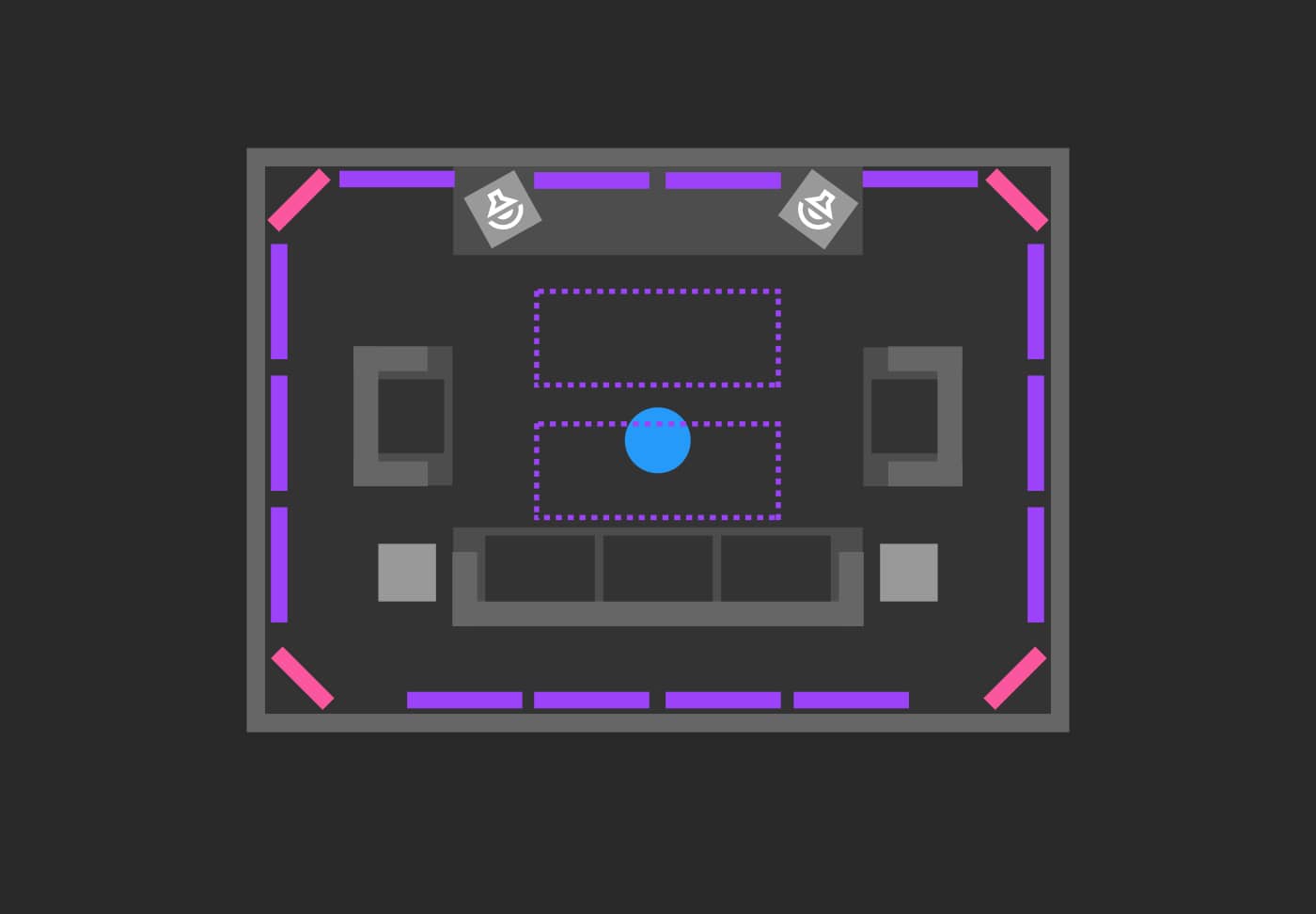
Some things to note:
-
You can improve low-end absorption by placing panels further from the surface using our available offset hang kits. However, gains become marginal once the distance equals the panel thickness.
-
Ceiling panels are especially important and should be a priority whenever practical, as the ceiling is a large surface close to the sound source but is often overlooked.
-
We also offer free general advice, room SketchUp plans, and installation support for all room types.
If you have any questions at all, please feel free to contact us.

